Your Guide To Selecting A Medical Couch Specific To Your Needs
Posted on: 30/01/2024

Which medical couch should I choose?
Medical couches, also known as examination or treatment tables, serve various purposes in healthcare settings. These pieces of furniture are designed to provide a comfortable and functional surface for patients during examinations, treatments, and medical procedures.
Step 1
Identify what the couch will be used for
- What will be the couches' main function?
- Will it be used for more than one purpose?
- Would you need it accessorised?
Here are some key purposes and functions of medical couches:
- Patient Examination:
- Diagnostic Procedures:
- Treatment and Therapies:
- Gynecological Examinations:
- Minor Surgical Procedures:
| A SNAPSHOT of the popular models | |
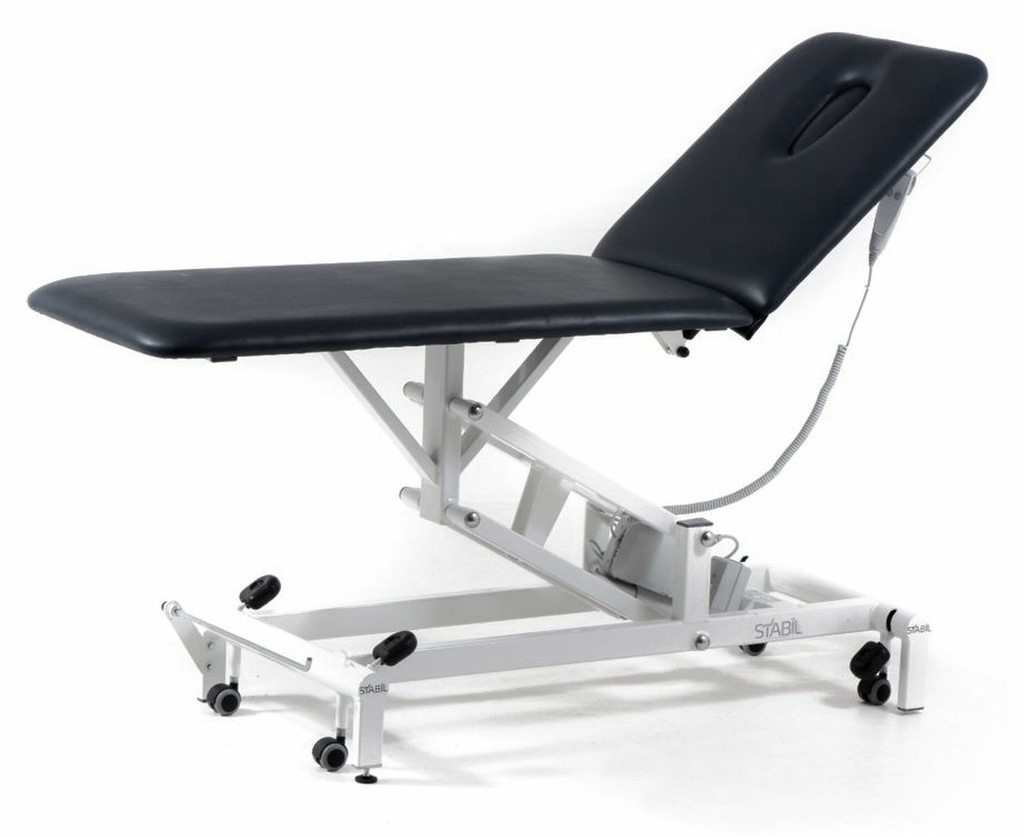 The Examination CouchSuitable for basic examinations and procedures where only a flat surface and adjustable backrest/footrest are needed. Points To Note:
|
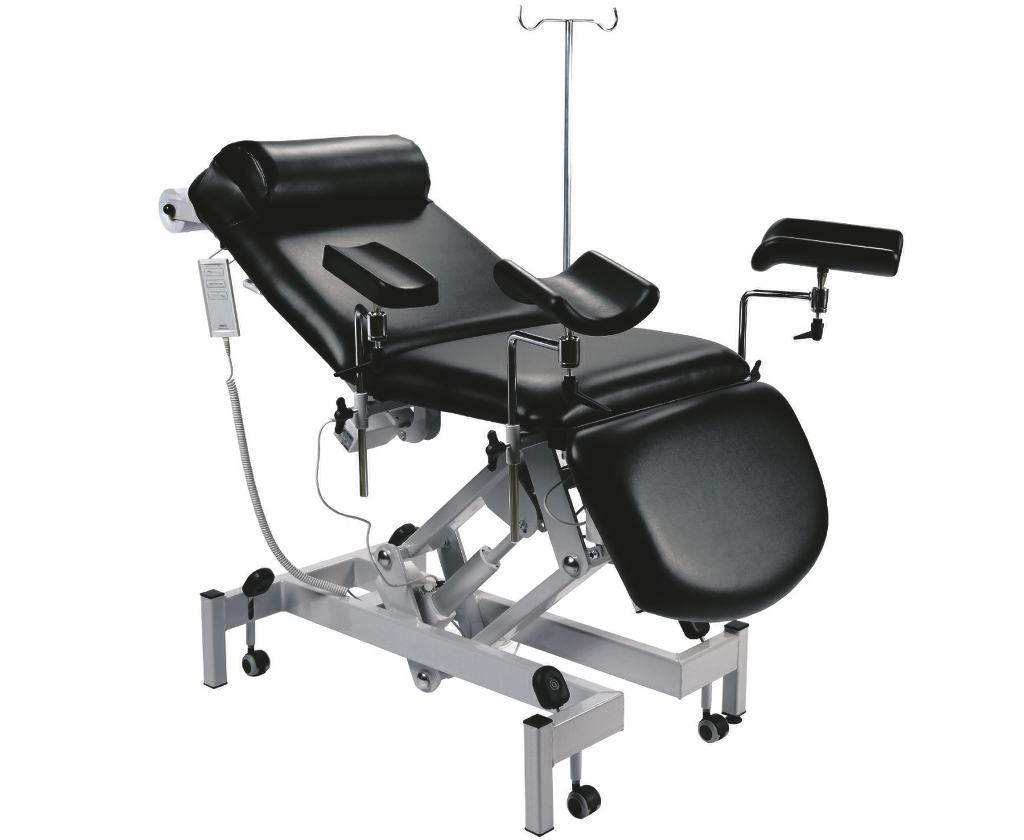 The Drop End Multi-Disciplinary CouchA flexible 3-section couch, featuring a huge range of motion and ability to be accessorised to accommodate various procedures. Points To Note:
|
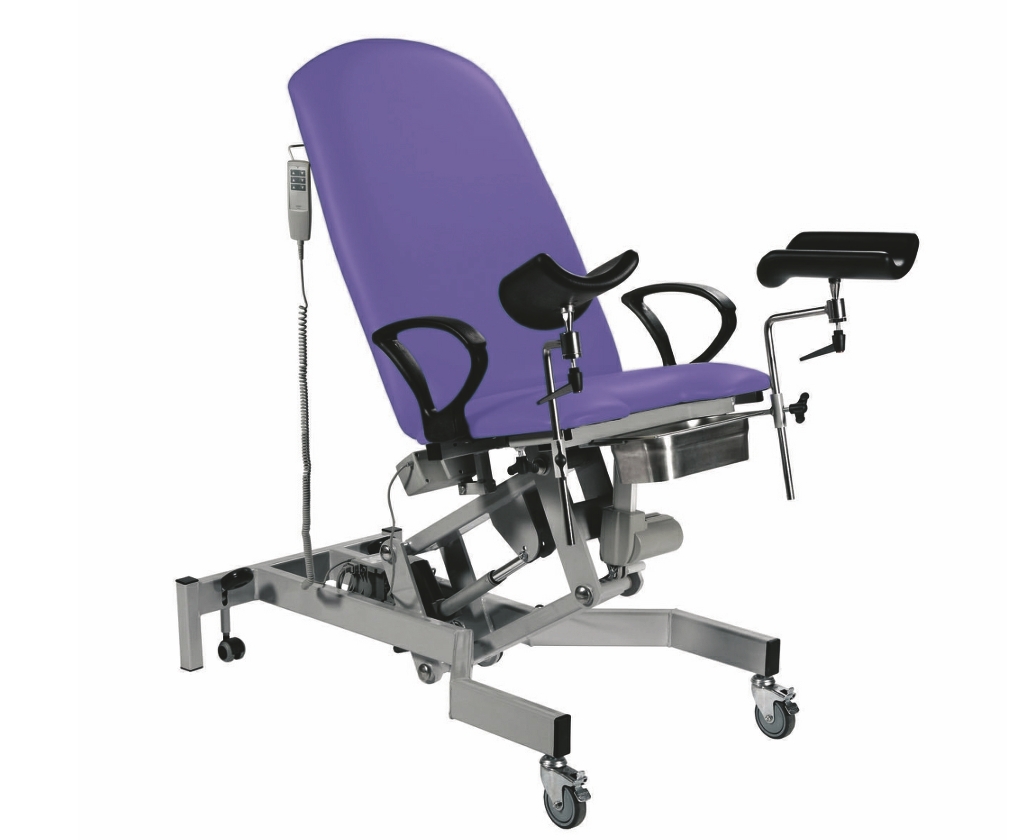 GynaecologyDesigned and accessorized specifically for gynaecological examination and treatment procedures. Complete with adjustable backrest, cut-away lithotomy section, stirrups and armrests. |
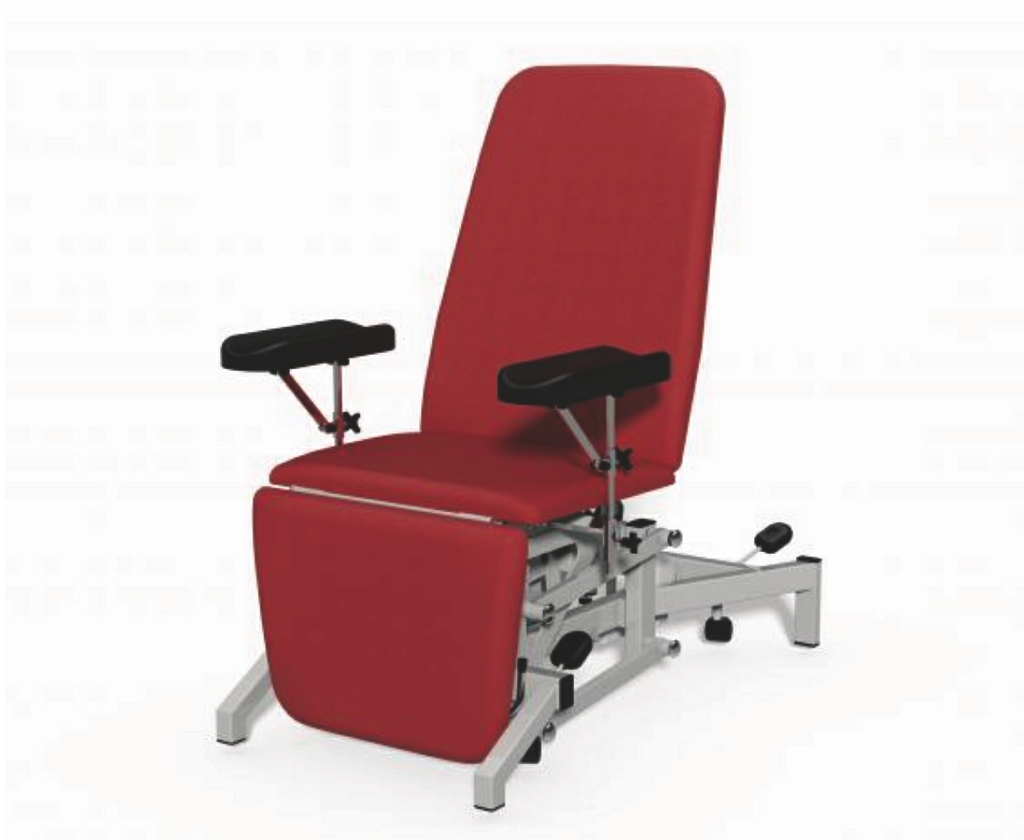 PhlebotomyFeaturing unrivalled patient comfort and easy access for blood work, the phlebotomy armrests can also be removed and the chair reclined to be used as an examination couch. |
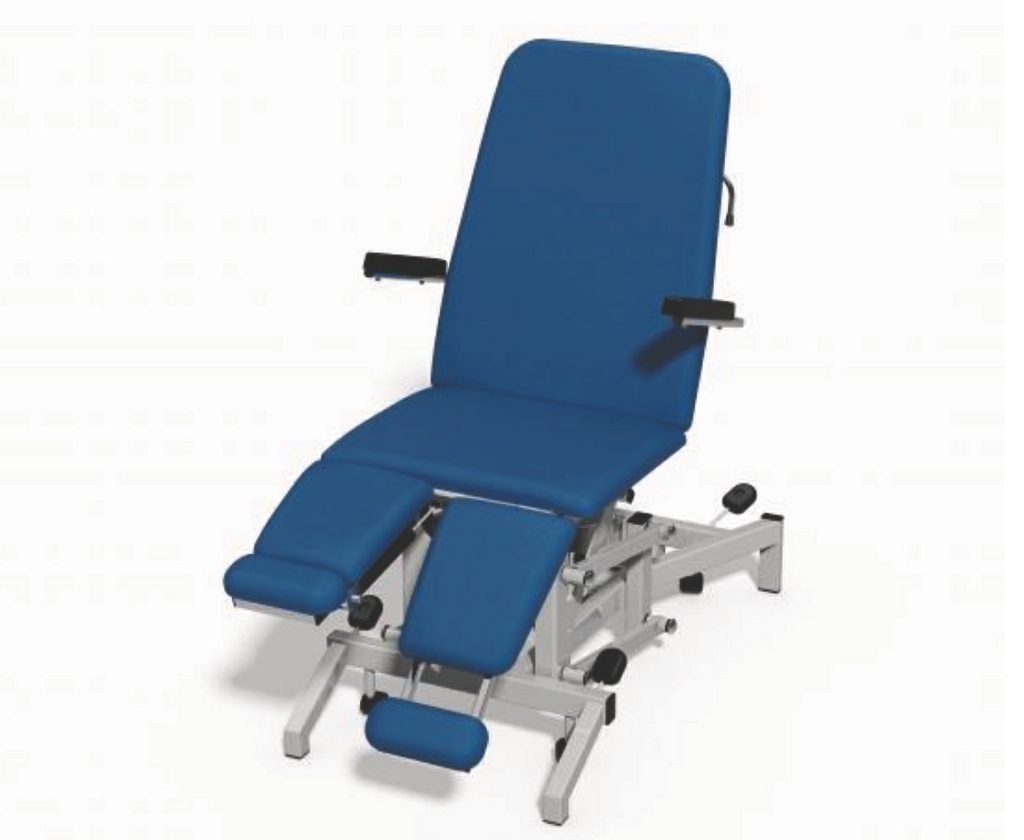 PodiatryErgonomically designed for podiatry work, these couches provides both comfort to the patient and ease of access to the clinician via the split leg design and Trendelenburg movement. The swing back armrests are movable to allow multi-disciplinary use of the chair in shared clinics. |
 Treatment ChairsA multi-use couch ideal for your treatment room where a variety of examinations and procedures take place. Split legs options are available as well as phlebotomy arms. Can also be reclined into a couch position. |
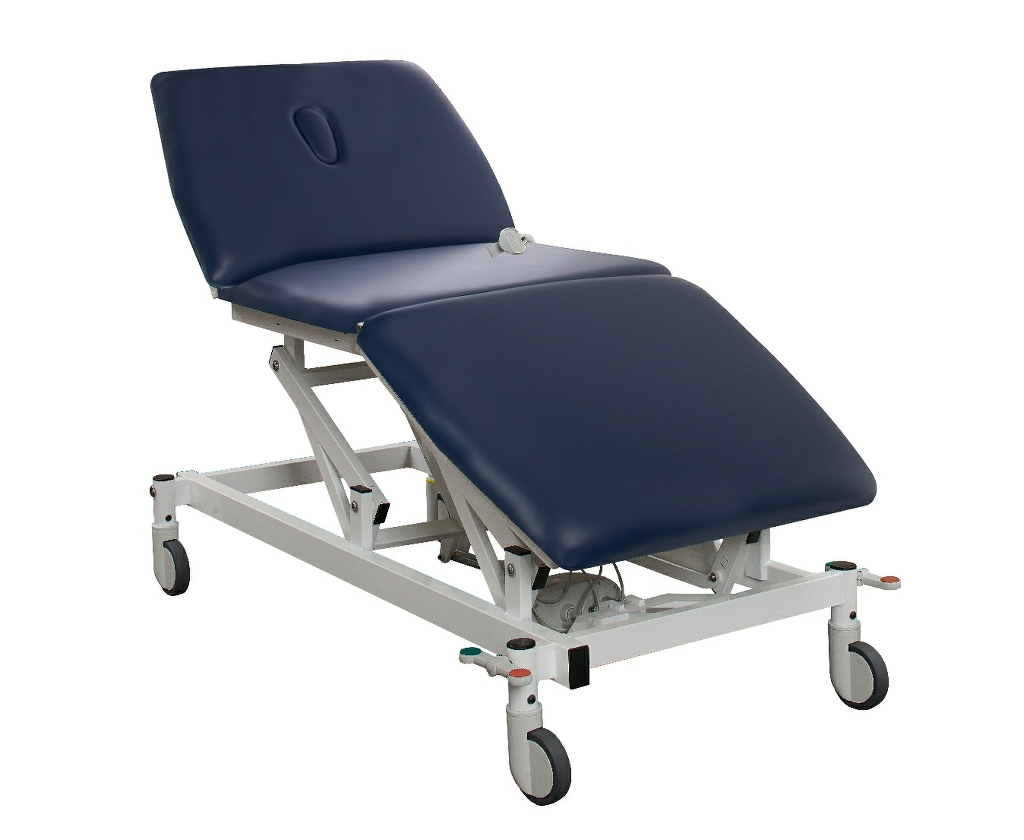 BariatricHeavy-duty couches, able to safely lift heavy patients to a suitable height for examination and treatment. |
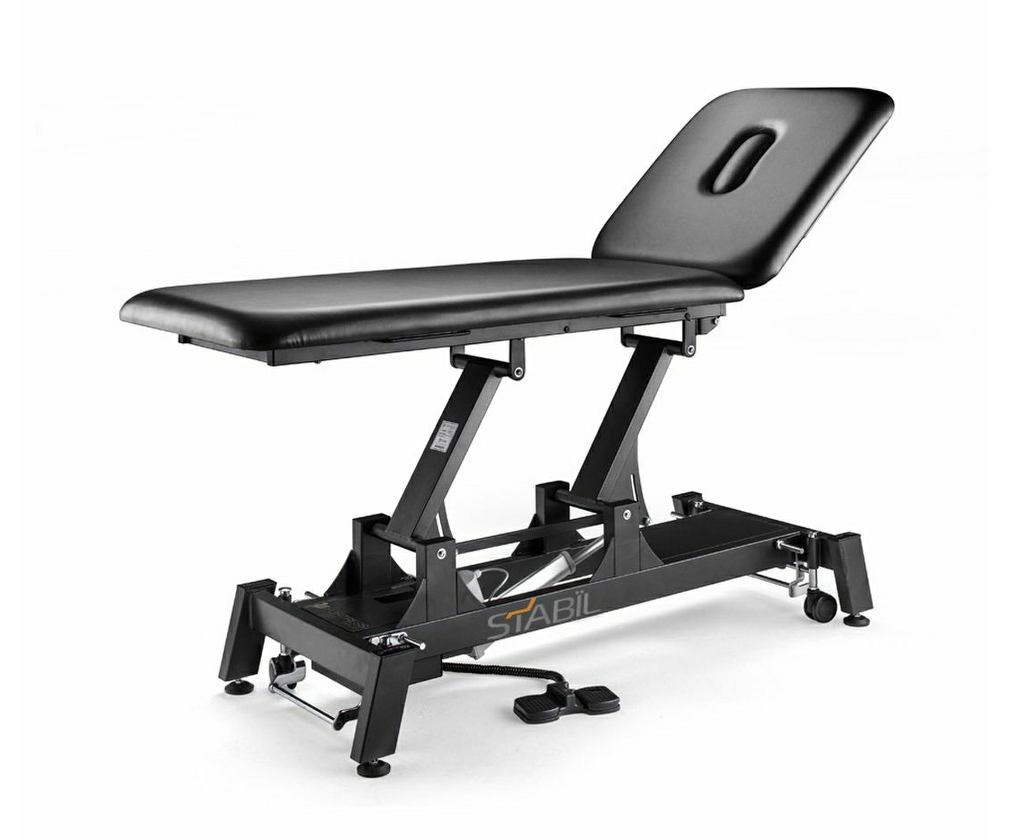 PhysiotherapySturdily designed, physio treatment tables typically have angled legs to ensure ultimate stability during manipulations and a breathing hole for face-down procedures. Other features may include additional plinth sections and 360 degree foot lever. |
Step 2
Other factors to consider
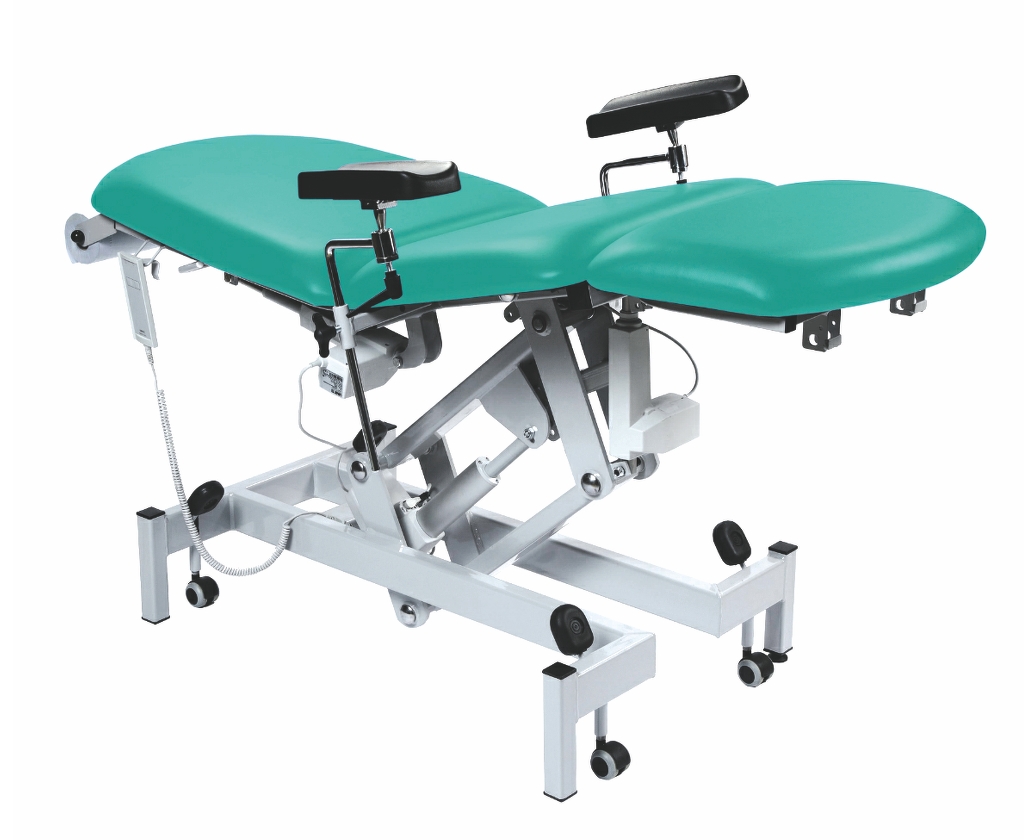
Adjustability and Accessibly
How much movement would the couch need for its intended purpose? Would the elderly or those less able find it easy to access? Can it adjust from a flat surface to a seated position?
Check the degree of movement a couch with adjustable sections has. This includes backrests, leg rests, and drop-end features. Also, consider the variable height range and whether you require Trendelenburg tilt.
Durability and Build Quality
How heavily would the couch be used? Is its maximum user weight sufficient?
If a couch is to be used extensively in a busy clinical setting, it is likely worthwhile looking into the more extensive models than the basic options as you can often avail of longer parts warranty, improved performance and greater product lifetime. Selecting a product from a reputed and experienced manufacturer is also recommended.
Hygiene and Cleaning
The fewer sections a couch has, the fewer crevices germs have to hide. Modern upholstery such as anti-bacterial vinyl and intervene fabric also make for easy-clean wipe-down surfaces and often puncture-proof material.
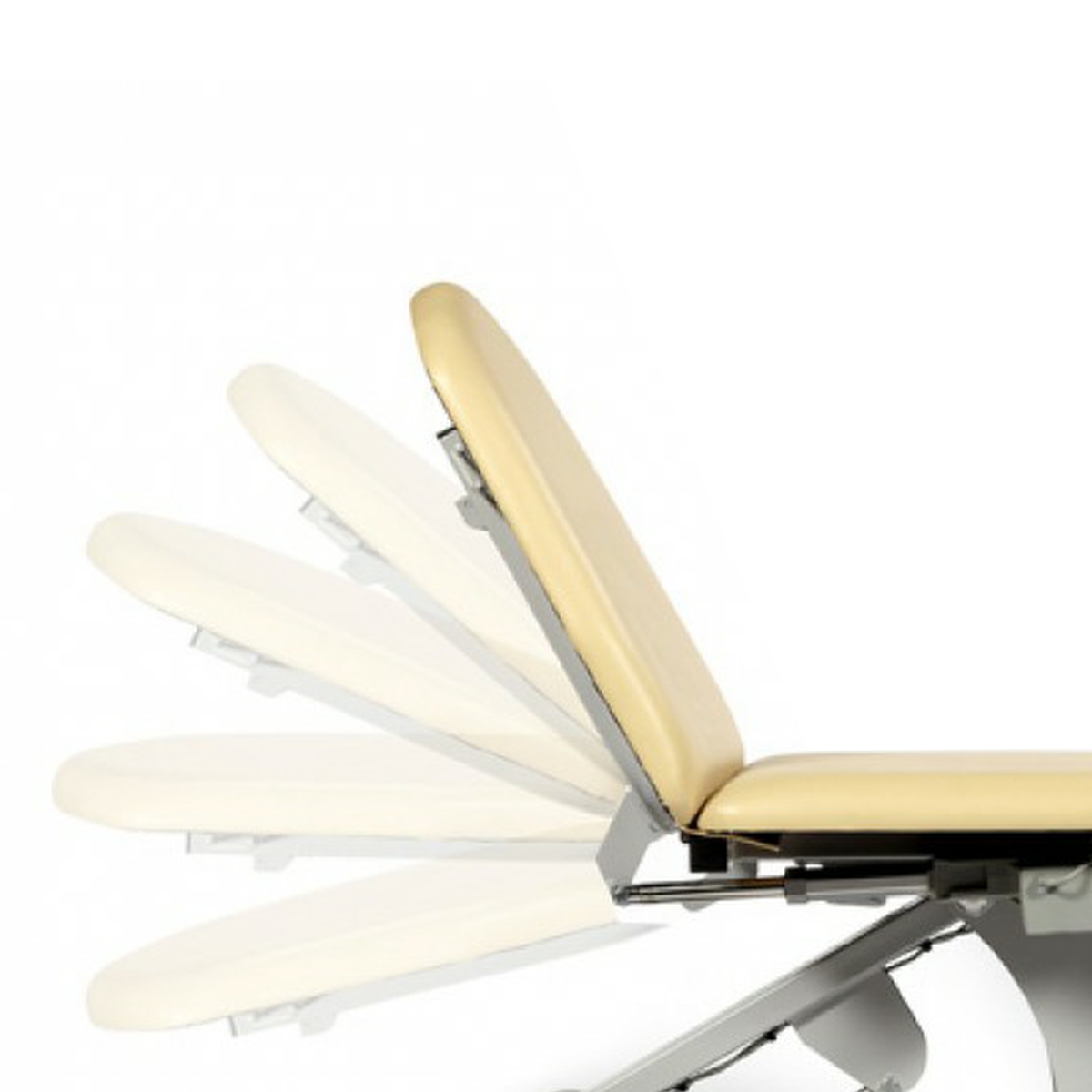
Operating Mechanism
Hydraulic or electric? Gas-assisted or handset controlled?
Believe it or not, contrary to popular belief, hydraulic couches are typically more expensive than electrically operated couches. You’ll find that most clinicians find a button easier to press than a pedal to crank resulting in the popularity and greater availability of electric models. However, there is a time and place for hydraulic models such as whenever power outlets are unavailable or a couch requires frequent moving. Even if a couch’s height is electrically controlled, the various foot and head sections can have optional lever-controlled movement or handset control.
Space and Room Layout
Just how much space do you have for this item of furniture?
Couch models vary in dimensions so ensure that the chosen couch fits your space requirements and allows for efficient workflow.
In summary, when selecting your medical couch, familiarise yourself with the intended use of your couch and the specific features you require when making your choice. The typical life span of a couch can be up to 16 years so making the right choice before purchase, can save headaches down the line.


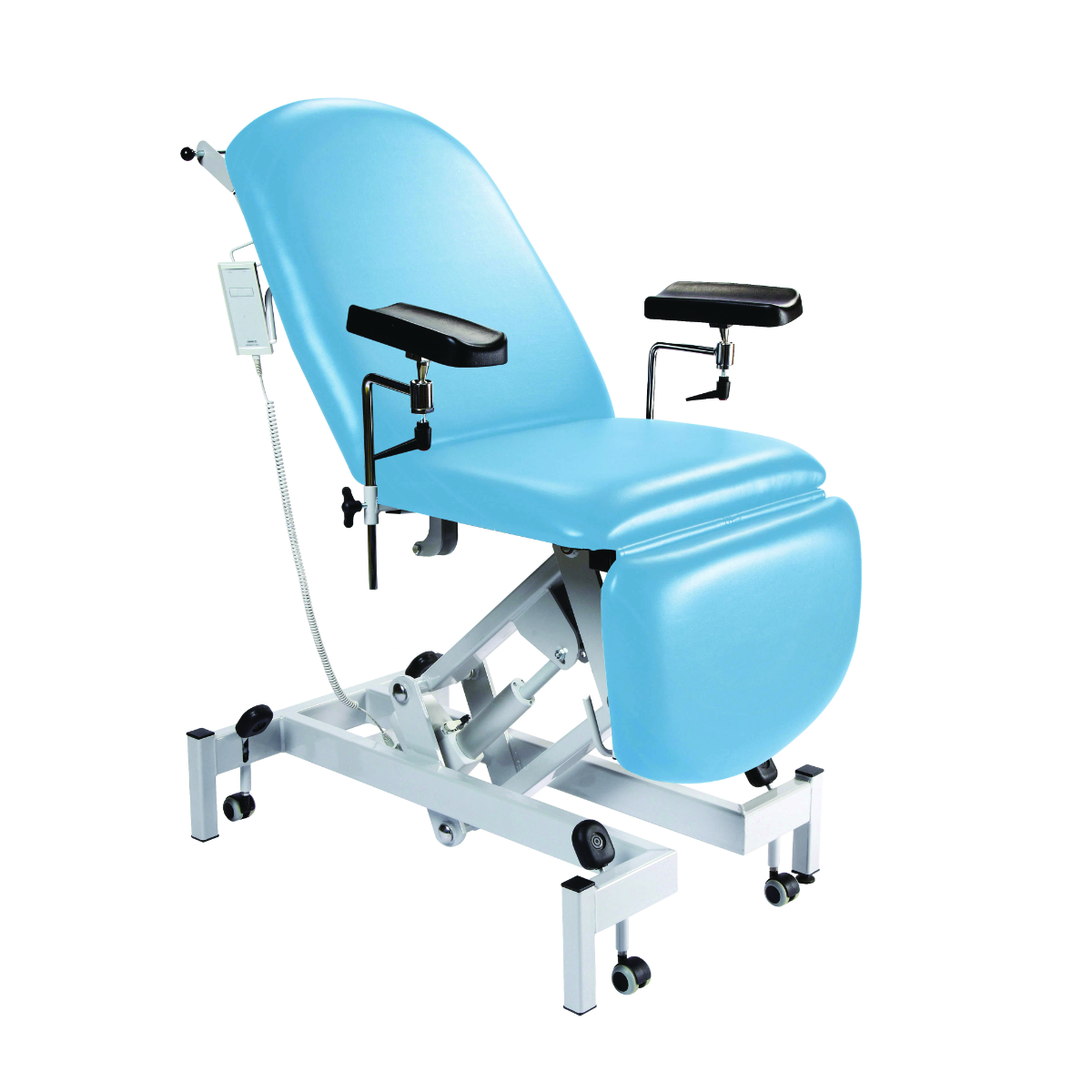
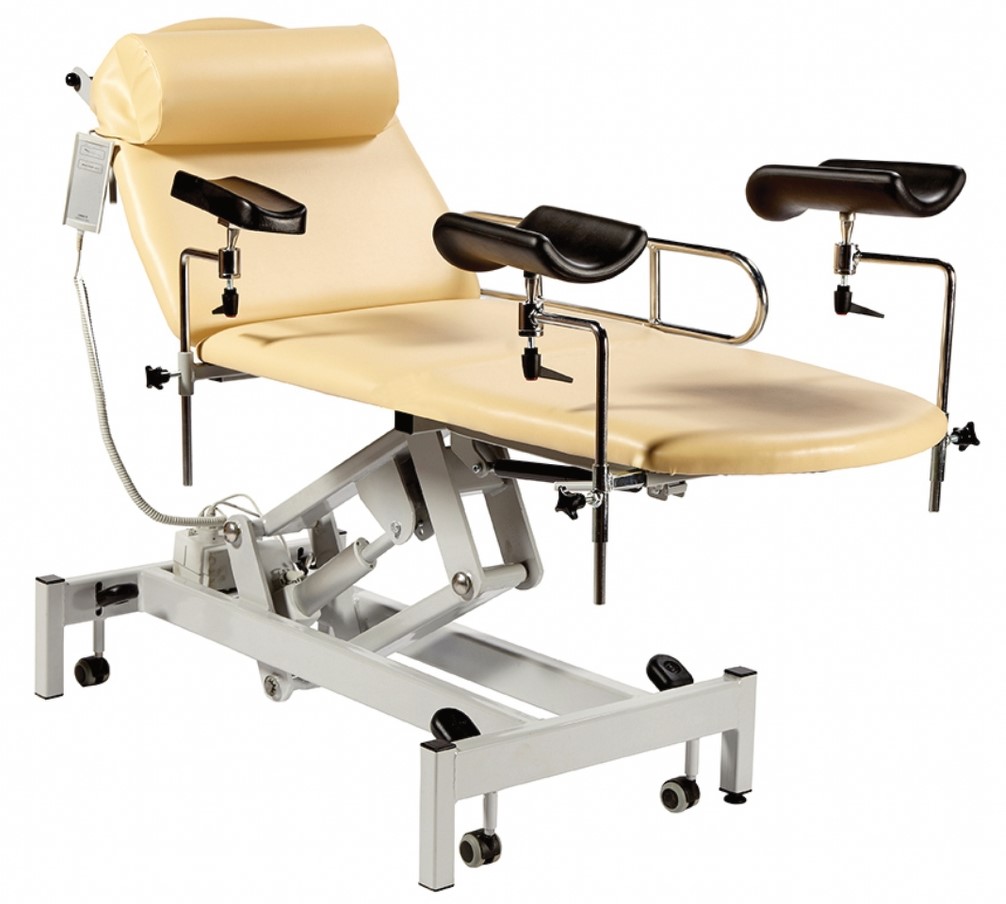

 117417
117417 40002854
40002854


